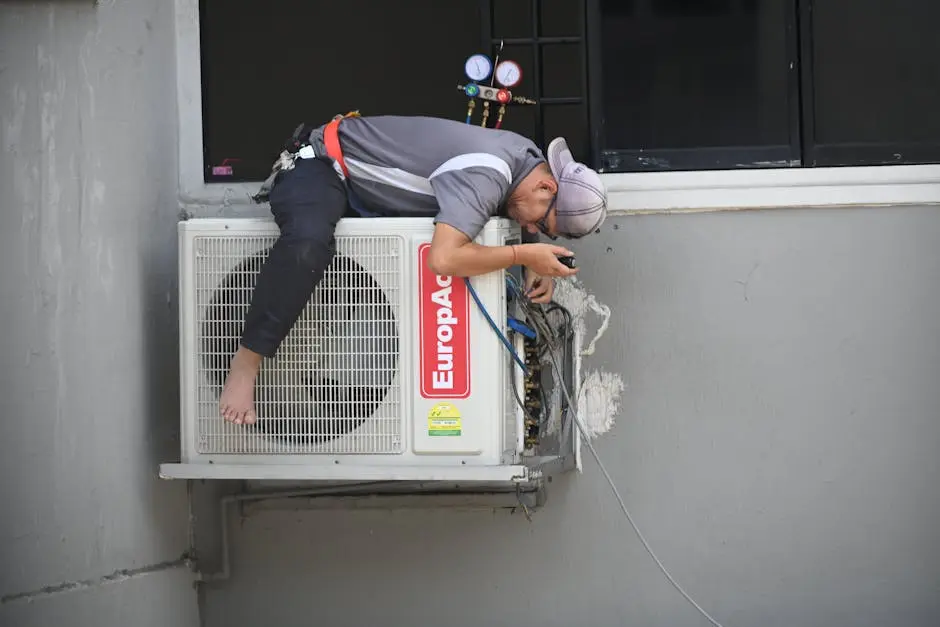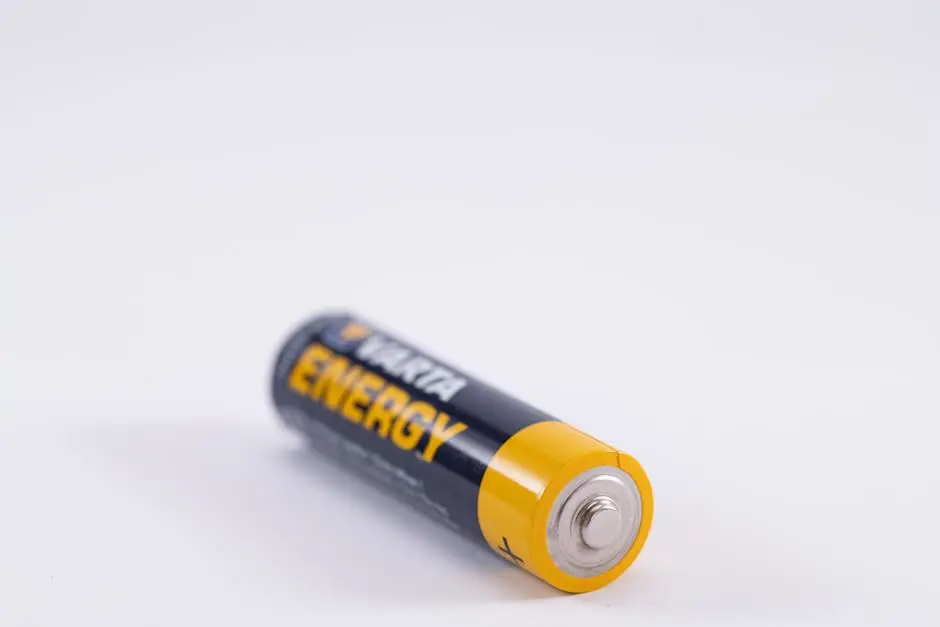Facing problems with your air conditioning can be frustrating, especially during the hot summer months. However, many common issues can be resolved without needing to call for professional AC repair services. In this blog, we’ll guide you through some simple troubleshooting steps you can take to potentially fix your AC problems on your own.
Check the Thermostat Settings
Ensure that your thermostat is set to ‘cool’ and the temperature setting is lower than the current room temperature. Sometimes, it’s just a simple adjustment that can solve the problem.
If your thermostat has a schedule, verify that it isn’t set to switch off at certain times. Many homeowners overlook this small feature, which can lead to unnecessary confusion when the AC fails to start.
Additionally, consider replacing your thermostat batteries if it runs on them. A low battery can cause erratic readings, possibly leading to the misconception that your AC is malfunctioning.
Furthermore, if your thermostat isn’t programmable, think about upgrading to one that suits your lifestyle better. A smart thermostat not only enhances convenience but can also help in effective energy management.
Inspect the Air Filter
A clogged air filter can restrict airflow and reduce cooling efficiency. Check your air filter and replace it if it’s dirty. This is an easy fix that can significantly improve your system’s performance.
In fact, changing the air filter regularly is one of the best preventive measures you can take to avoid future AC repairs. Clogged filters can lead to ice buildup on coils, resulting in more intricate issues down the line.
Consider setting a reminder to check the air filter every month, especially during the height of summer. It’s a small commitment that can save you from larger headaches.
Moreover, if you own pets or live in a dusty area, it may be beneficial to opt for HEPA filters that capture finer particles, ensuring that the air quality remains high throughout your space.
Examine the Outdoor Unit
Make sure the outdoor unit is not obstructed by debris, dirt, or vegetation. Clear away any obstructive materials to help your AC work better.
Sometimes, inattention to your outdoor unit can lead to significant airflow problems. If you notice tall grass or weeds around the unit, it’s vital to trim them back to guarantee unrestricted airflow.
Also, ensure that the unit is level; if it’s leaning or not properly positioned, it may cause operational difficulties. A reversible leveling process can often solve this.
Lastly, consider giving your outdoor unit a gentle rinse with a hose to remove dirt buildup. Just be careful not to use a pressure washer, as that could damage the fins of the unit.
Check for Electrical Issues
Inspect your circuit breakers to ensure none have tripped. If you’ve lost power to the AC unit, resetting the breaker might solve the issue.
Sometimes, electrical panels can be confusing. If you see a tripped breaker, flip it off, wait a few seconds, and then flip it back on. Be cautious though; if it trips again, there might be a deeper electrical issue at play.
Also, check for blown fuses within the unit itself. If you’re comfortable, open the service panel and look closely at the wiring. But if you’re unsure, it’s always better to err on the side of caution and call a pro.
As a general rule, if anything seems off electrically, you should avoid DIY repairs and reach out to a licensed electrician or HVAC specialist to get things sorted out safely.
Listen for Unusual Noises
Pay attention to any strange sounds your AC might be making. Clicking, buzzing, or hissing noises can indicate specific issues that might require further attention.
For example, a clicking sound might suggest that there is debris caught in the fan, while a hissing noise could indicate a refrigerant leak – both problems that need addressing if you want your unit to last longer.
Moreover, if you hear a grinding noise, it might signify that the motor has worn out and may need lubrication or replacement. Identifying the type of noise can help you diagnose the issue more efficiently.
Finally, keeping a regular maintenance schedule can help reduce these noises, as well as extend the life of your AC unit. Pay attention to everything your AC is telling you!
Final Thoughts on DIY Troubleshooting
By following these troubleshooting steps, you can save time and money before deciding to call in a professional. Remember, some issues may still require expert intervention, but having basic knowledge of your unit can empower you as a homeowner. Stay cool, and happy troubleshooting!





